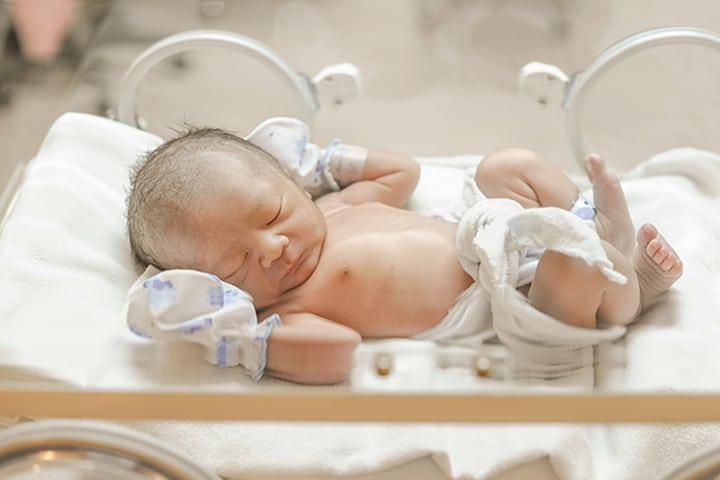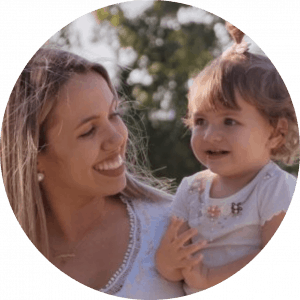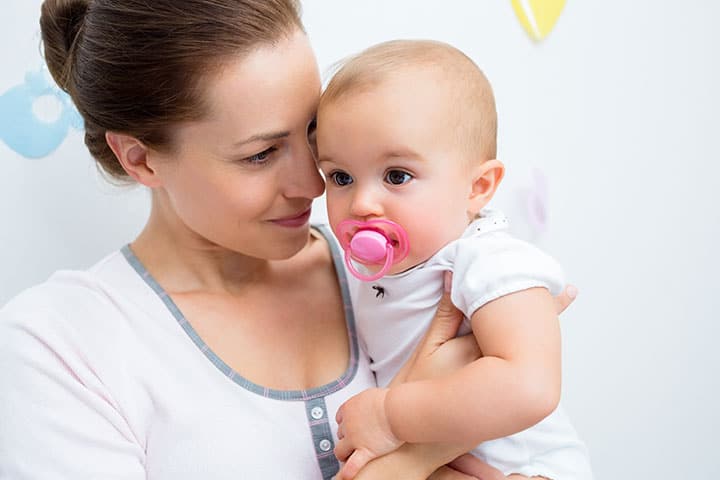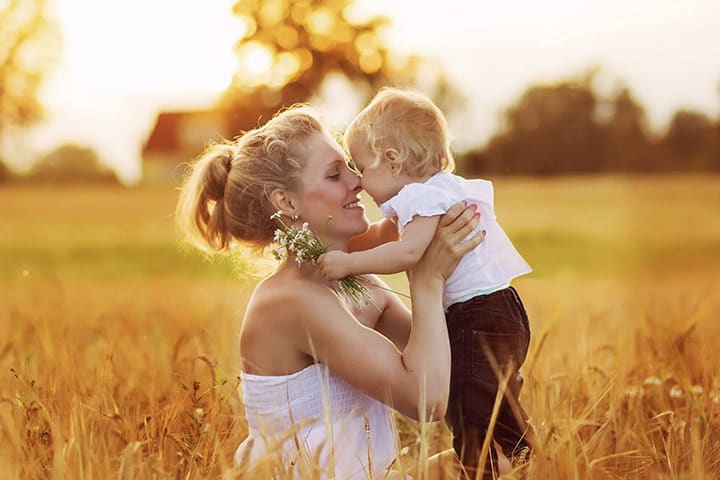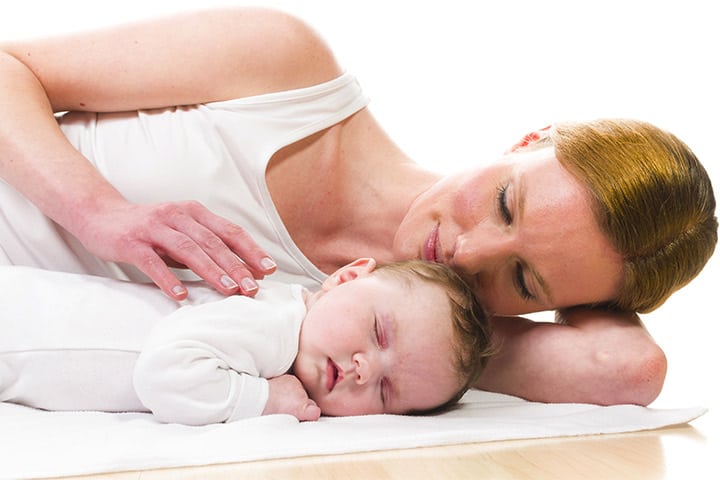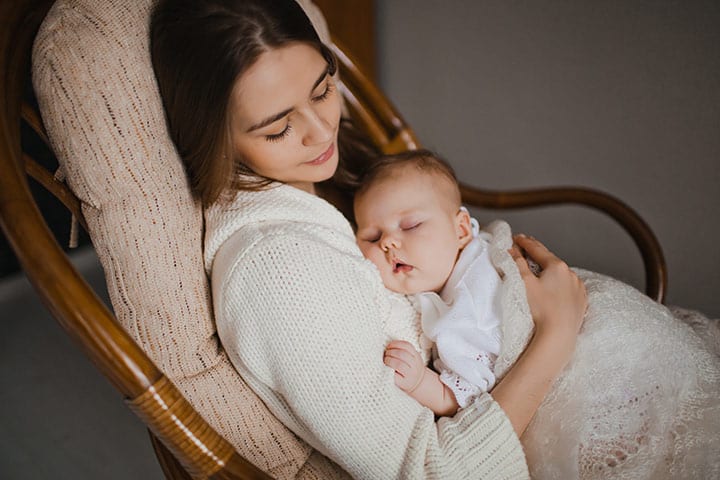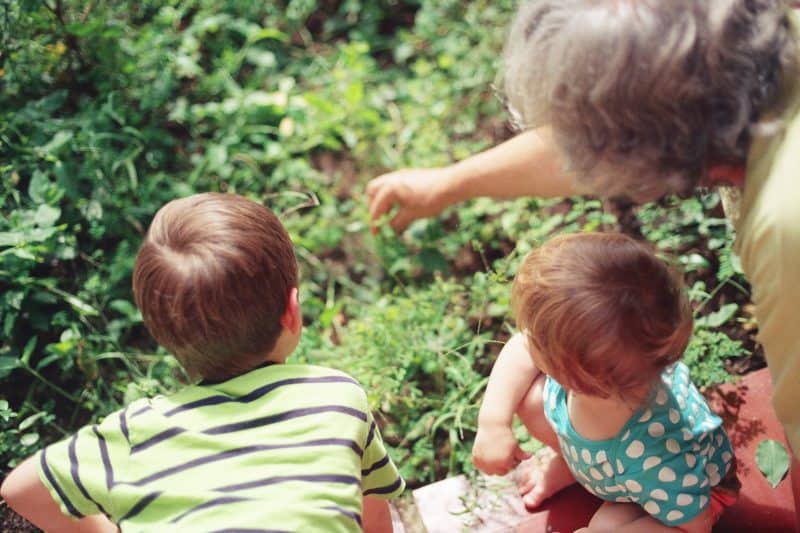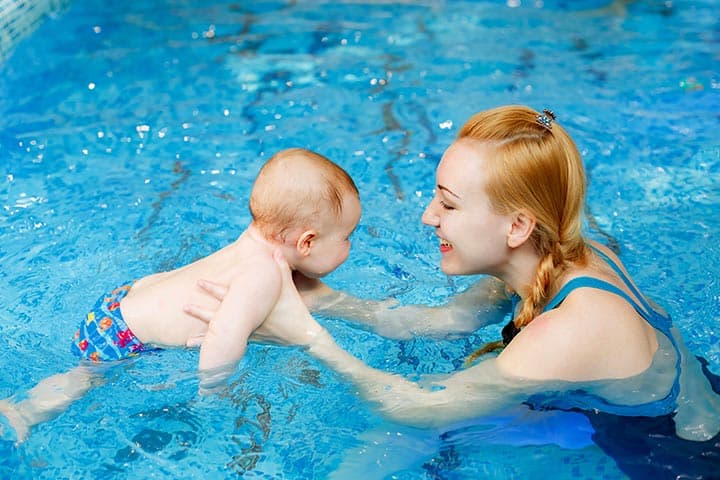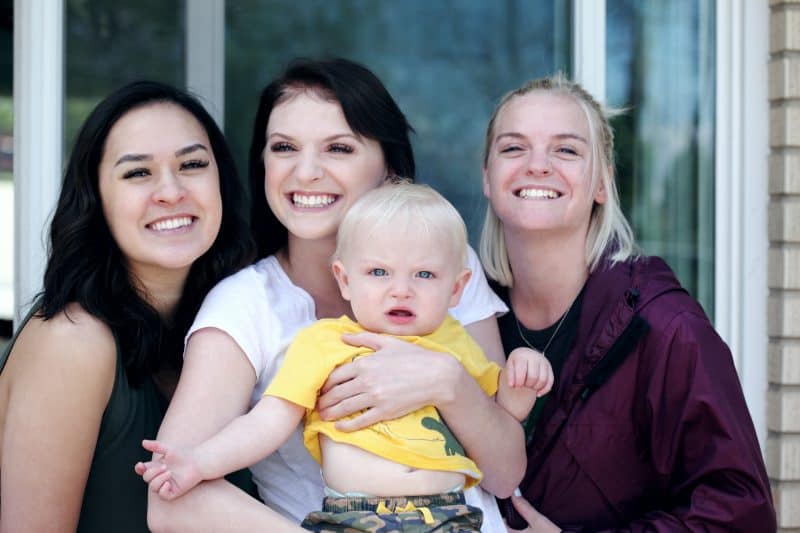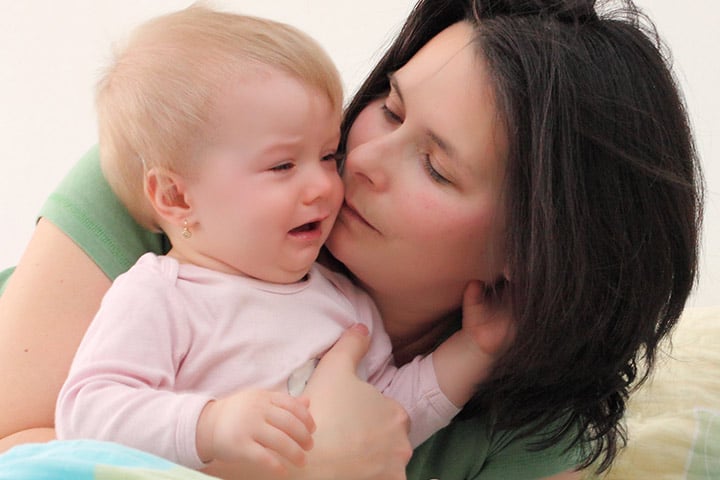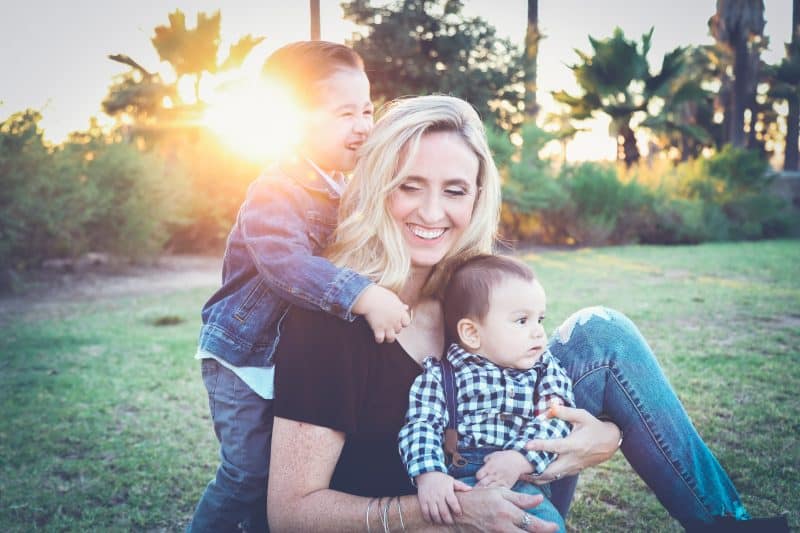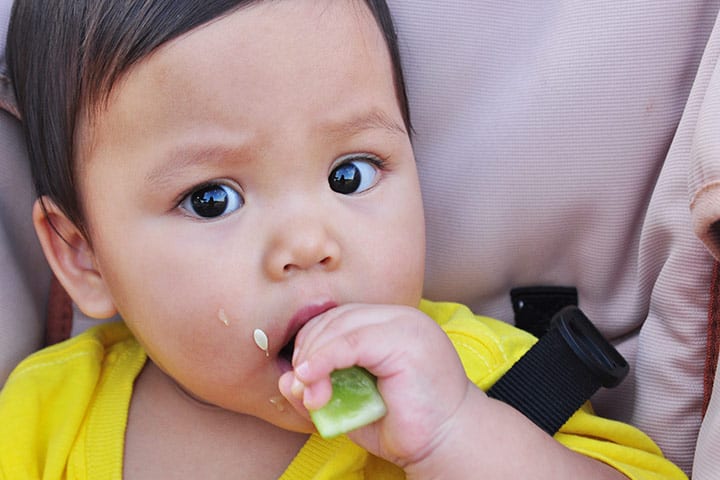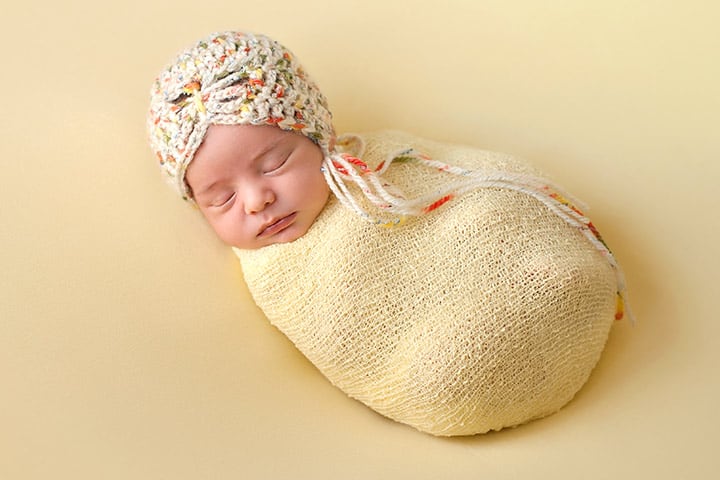Many women sail through their pregnancy without a worry in the world. But for others, the whole journey is fraught with anxiety, and for a good reason!
Yes, pregnancy and childbirth is not a disease. But there are a lot of things that can go wrong during your pregnancy. Premature labor is just one of them.
Giving birth to a baby before the due date can take a toll on you – emotionally as well as physically. But for the baby, it may be a lifelong struggle!
How your premature baby does in life depends to a large extent on how premature she is.
When it comes to growth and development, the milestones remain the same. But for premature babies, there is some leeway.
Before you find out more about the milestones and go through the premature baby growth chart, it is important to figure out your baby’s exact age!
How To Calculate Your Premature Baby’s Age:
It is easy to calculate your baby’s age from the date of her birth. But calculating growth chart for premature baby, the case is a little different. Premature babies go by their ‘adjusted’ age. Here’s how you calculate it:
So, your baby arrived ten weeks ago but was four weeks premature. All you need to do is subtract four from ten. You get six weeks. So, that’s your baby’s adjusted age. Whenever you are looking for developmental milestones, use this adjusted age for easy reference. For example, if you want to see what your baby should be doing right now, check for developmental milestones at six weeks and not ten weeks.
You’ll need to use this adjusted age until your baby’s second birthday. After that, most babies catch up with normal development.
Premature Baby Growth Chart:
Here’s an easy guide to track your premature baby’s development:
1. Two Months (8 Weeks):
Motor Skills:
- Moves hands and legs
- Keeps hands unclenched
- Raises head and chest during tummy time
- Has some head control
- Grasps objects in hands
Language Skills:
- Reacts to sounds
- Makes cooing noises
- Cries for attention
Social/Emotional Skills:
- Makes eye contact
- Smiles
- Recognizes mother
2. Four Months (16 Weeks)
Motor Skills:
- Brings hand to the mouth
- Lifts head while lying on her tummy
- Grasps objects
- Tries to crawl while lying on her tummy
Language Skills:
- Turns head to follow familiar voices
- Laughs
- Combines sound like ‘aaah-oooh’.
Social/Emotional Skills:
- Can discover the mirror
- Can comfort herself
3. Six Months:
Motor Skills:
- Puts weight on feet when you try to make her stand with support
- Sits without support
- Bangs objects
- Can move objects from one hand to another
- Holds two objects at a time
- Rolls from tummy to back
Language Skills:
- Responds to her name
- Babbles
Social/Emotional Skills:
- Develops awareness of her surroundings
- Onset of separation and stranger anxiety
- Can express her emotions a little
4. Nine Months:
Motor Skills:
- Can pick up small objects with thumb and finger
- Begins to crawl
- Pulls up to stand
Language Skills:
- Understands simple sentences or phrases
- Babbles sounds like ‘dada’, ‘baba’, ‘mama’, etc.
- Tries to imitate sounds and movements
Social/Emotional Skills:
- Loves to play peek-a-boo
- Claps hands when happy or excited
- Suffers from stranger anxiety
5. Twelve Months:
Motor Skills:
- Stands without support
- Can take a step or two without support
Language Skills:
- Understands and reacts to ‘no’.
- Uses some particular words again and again
Social/Emotional Skills:
- Suffers from separation anxiety and refuses to part from parents
- Is learning to play with other children
6. Fifteen Months:
Motor Skills:
- Walks without support
Language Skills:
- Can speak two more words apart from ‘mama’ and ‘dada’.
- Can ask for food vocally
Social/Emotional Skills:
- Gives kisses
- Can say hi to greet people
7. Eighteen Months:
Motor Skills:
- Scribbles
- Kicks ball or at least tries
Language Skills:
- Understands and follows simple directions
- Says up to ten simple words
Social/Emotional Skills:
- Says no increasingly often
- Separation anxiety on the wane
8. Twenty-Four To Thirty Months:
Motor Skills:
- Can draw rough circles and vertical lines
- Can run without falling
- Walks up and down stairs
- Can stand on one foot without support
- Turns single pages in a book
Language Skills:
- Talks in simple sentences using two to three words
- Has at least 20 words in her vocabulary
Social/Emotional Skills:
- Can help with chores around the house
By the time your baby turns two years of age, she should catch up with her peers. But many premature babies do face lifelong challenges. So keep a close eye on your kid’s development and forge a support system to help her along.
Hope you like our post on growth chart for premature babies. If you feel that her development is lagging too far behind, don’t hesitate to discuss the matter with your doctor. Follow your momma instinct!
Do share your struggles as a preemie mom with us!

